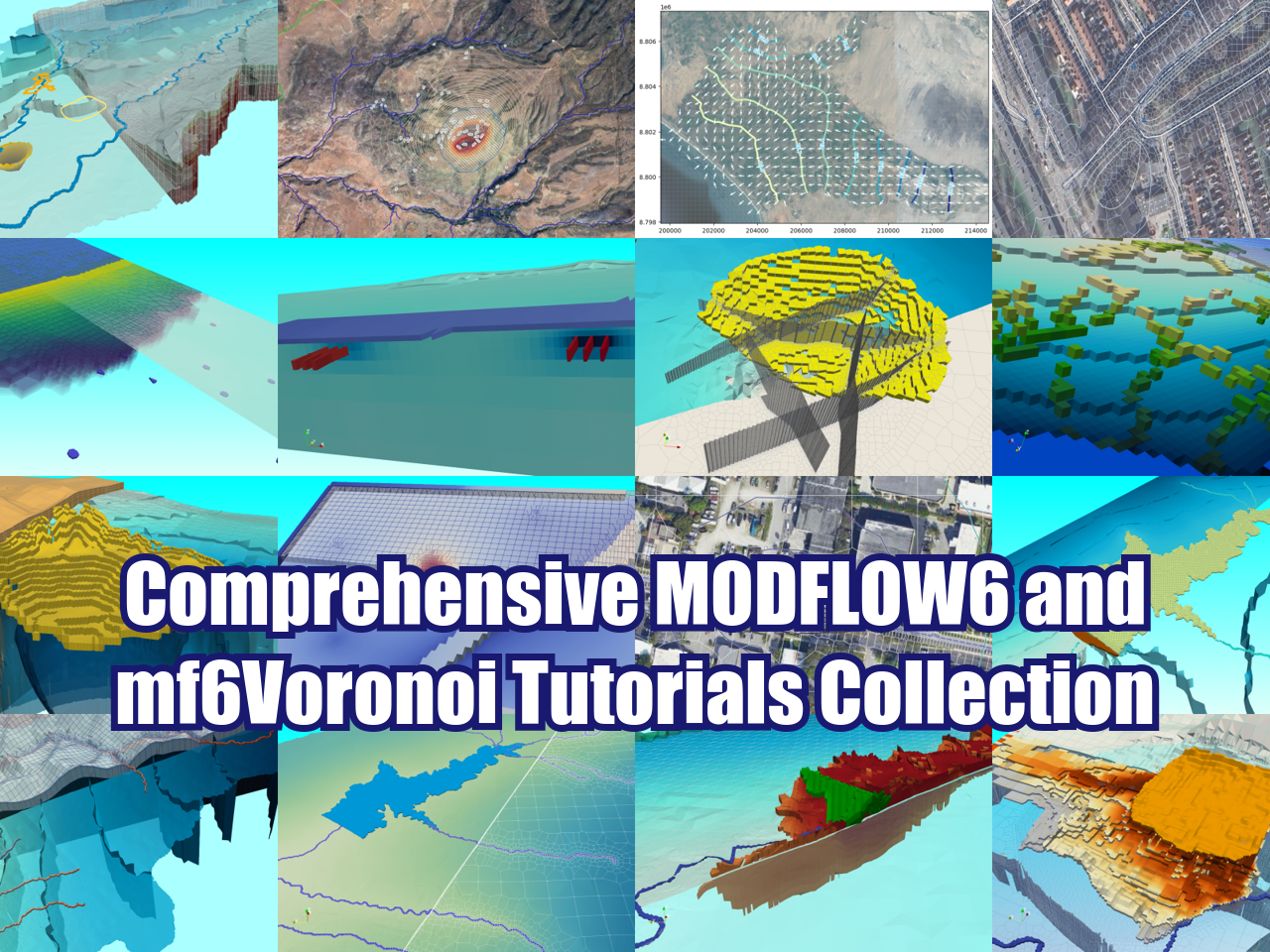Independent from your operating system (Windows, Linux or Mac, etc), Docker might be the only or most effective way to deploy a particular software, or even a package. This virtualizacion software has come to stay on our everyday work, however we believe that most users in water resources didn’t have a proper introduction to Docker or a guided first experience.
This webinar covers the main aspects of Docker to download, run and interact with a software as a container form. We will review the most common commands together with a practical work on an image that launches Jupyterlab.
Instructor
Saul Montoya M.Sc.
Mr. Montoya is a Civil Engineer graduated from the Catholic University in Lima with postgraduate studies in Management and Engineering of Water Resources (WAREM Program) from Stuttgart University – Germany with mention in Groundwater Engineering and Hydroinformatics. Mr Montoya has a strong analytical capacity for the interpretation, conceptualization and modeling of the surface and underground water cycle and their interaction.
He is in charge of numerical modeling for contaminant transport and remediation systems of contaminated sites. Inside his hydrological and hydrogeological investigations Mr. Montoya has developed an holistic comprehension of the water cycle, understanding and quantifying the main hydrological dynamic process of precipitation, runoff, evaporation and recharge to the groundwater system.
Date and time
Tuesday February 9, 2021 from 6 to 7 pm. Amsterdam time
Estimated duration: 1h.
Participation
This webinar is intended for normal water resources professionals. The workshop has no cost.
You need to have Docker installed on your computer. For Windows users follow this tutorial: https://www.youtube.com/watch?v=d01FpZoYK0M
Streaming link:
https://youtu.be/Dcc-so0ukwU
Instructions for the registration and the webinar requirements are shown in the following video.
























